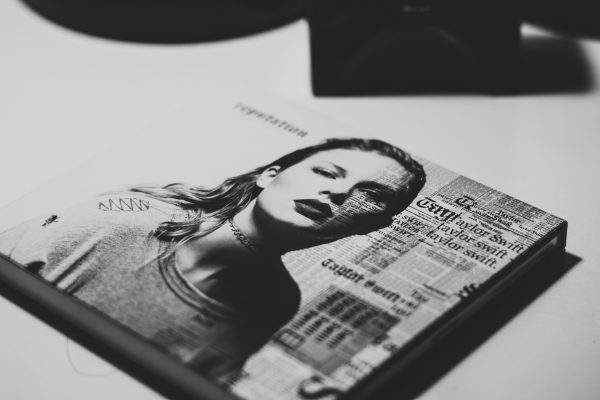At a PR consultancy you can wear a lot of hats – media relations guru, copywriter, confidant – but another role is becoming increasingly important, that of the film director.
Video is part of our everyday lives. In 2023, we watched 17 hours of video a week on average (Statista), and all of us have felt the pull of visual storytelling when making a purchase online.
But it’s important to recognise that communicating to be watched, is very different from communicating to be read. If you’re planning and producing a film shoot for your client, as a PR professional it’s your job to guide your interviewees so they can communicate the key messages about their product or service.
We’ve put together a list of tips to maximise your filming day, and to create video marketing or social media content that cuts through.
Define your filming objective
Before you do anything, it’s important to set a goal for your filming. Whether you’re launching a product or service, connecting with a new audience as part of a rebrand or trying to make your client’s company more approachable, giving the team an objective for what the content is set to achieve will be crucial.
Try and keep this simple and achievable. Think ‘communicate three benefits of our new service’, over ‘change the view of every 45 year old in the UK.’
Next, decide whether your content is for a particular social media platform, your client’s website or multi-channel as this will impact the way your shots are framed. A TikTok looking to camera, is different to a corporate video where your interviewee may look off screen at the interviewer.
Plan and plan some more
Unless you’re working with an experienced team, it’s likely your client may not have had any media training. Appearing in front of a camera for the first time can be a daunting process and that’s why developing a filming brief can be a helpful tool for outlining what to expect.
This briefing document can take many forms, but from recent experience filming in Dublin with our client Jetcraft Commercial, we recommend starting with an outline of the shoot’s logistics before going into the nitty gritty. Explaining the what, where, when, why and how of the filming serves to put minds at ease and ensures you’re all on the same page.
This can include advice on what to wear, a description of what the filming process involves and suggested questions and talking points. While you never want to encourage the reading of a script, we found with the Jetcraft Commercial team that our brief and key messages gave them a useful steer they could adapt and build upon.



Know your film crew
If you’re travelling around the world with your clients, you may often have to work with a local team you’ve never used before.
Where you can, select videographers that come recommended and importantly, always hold pre-briefing calls with your crew before you arrive on location. These discussions serve as an icebreaker but they also help you iron out any potential niggles.
Ask the crew if the schedule is allowing enough time for content capture and breaks, whether they will fit all their kit in the space that’s been dedicated for filming and ensure they flag any requirements for filming licences, or restrictions resulting from local filming laws or cultural sensitivities.
Tell the crew about your filming objectives, what platforms the content is for and how it will be edited so they can share their own recommendations.
The recce
Visit the room or venue you’re going to be filming in with your crew in advance. Look at lighting, sound acoustics, and any potential red flags like busy traffic noise or set times for fire alarms or announcements.
Work out where your interviewees are going to be seated and sit in for them to help your crew prepare the framing of your shot. Make sure your room is well stocked with water and food.
Mentor and guide
When filming starts, this is where you really come into your own as a film director. Building rapport with your client before the camera starts rolling will help them feel relaxed, as can the reminder that this a pre-recorded film shoot so they don’t have to get everything right first time.
We recommend asking your interviewee to repeat part of their question at the start of their answer so each clip is self-contained.
As film director it’s up to you to own the shoot. You have ultimate say over how each shot is framed and lit, so don’t be afraid to ask the crew to show you how each camera is focused.
Think like a journalist
Really listen to what your interviewee is saying. Engaging in a conversation will draw out much better clips for your video than stubbornly focusing on a list of pre-written, prescribed questions. Keep the tone relaxed and conversational and your audience will feel like the client is having a chat with them directly.
Share feedback
Some of your interviewees will be one-take wonders, others will take longer to find the right words. At the end of your film shoot be sure to offer constructive advice and tips on how to improve for next time.
With a team of in-house video and social media experts, we know how to harness the potential of online video. Visit our 8020 Services page to find out how we can make your content shine.









